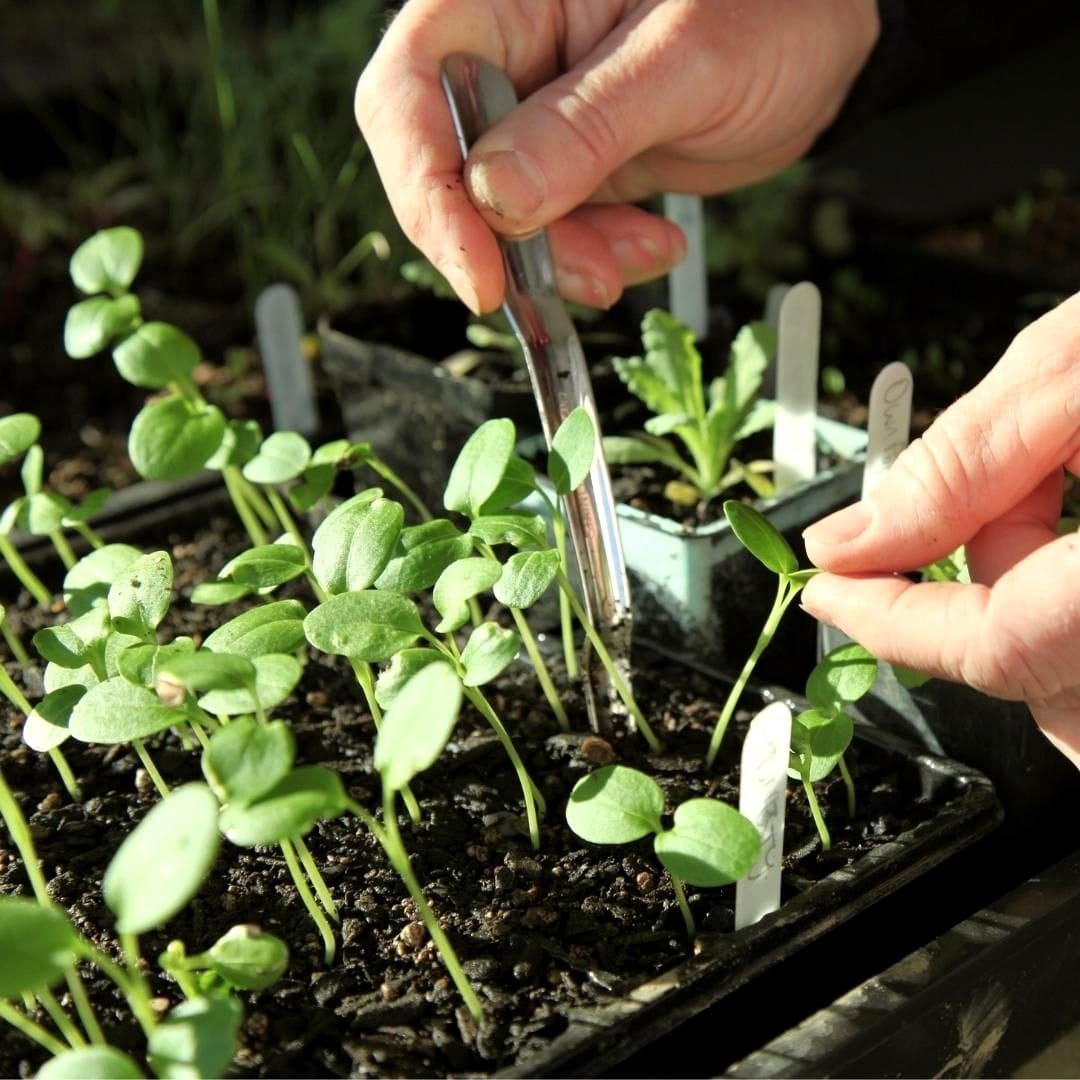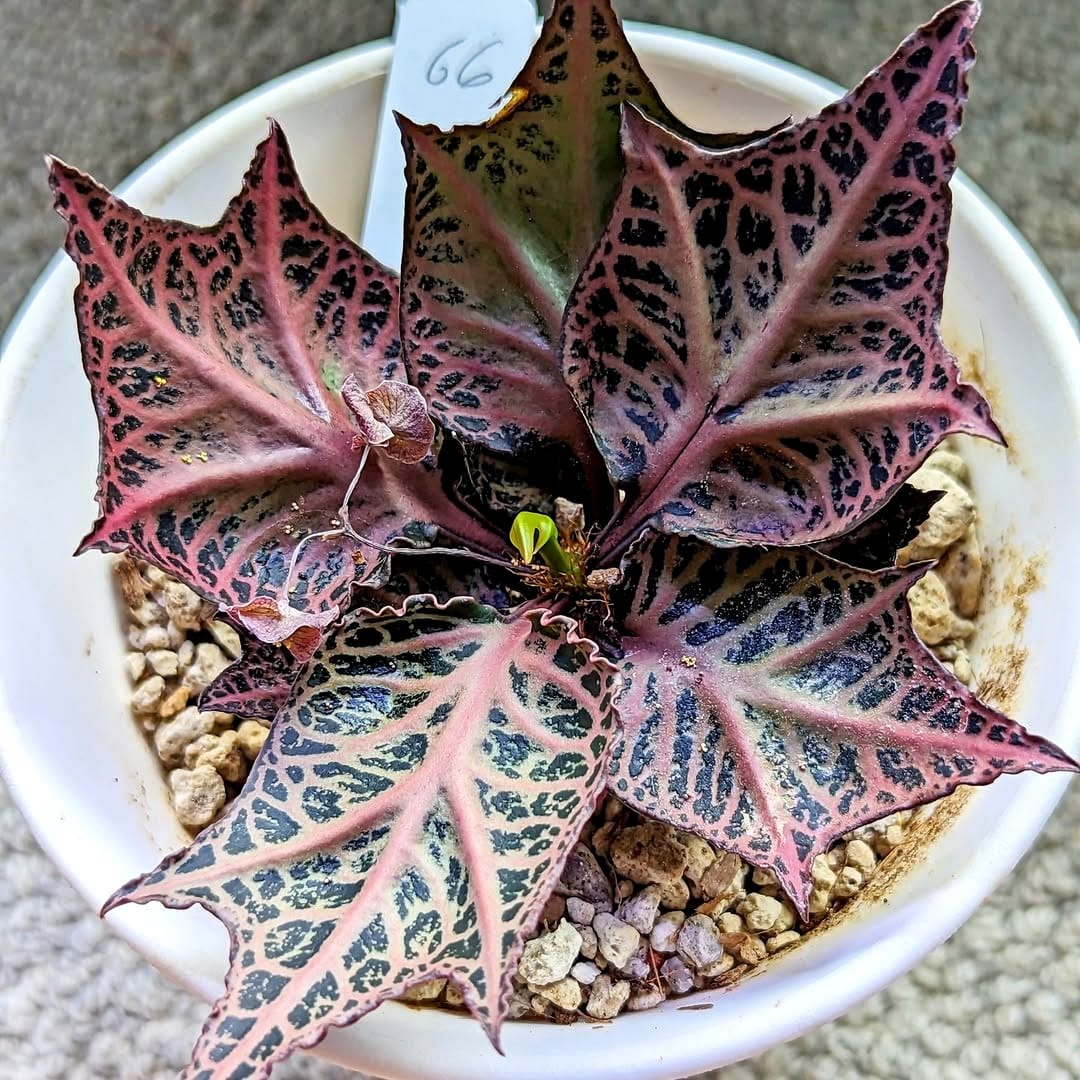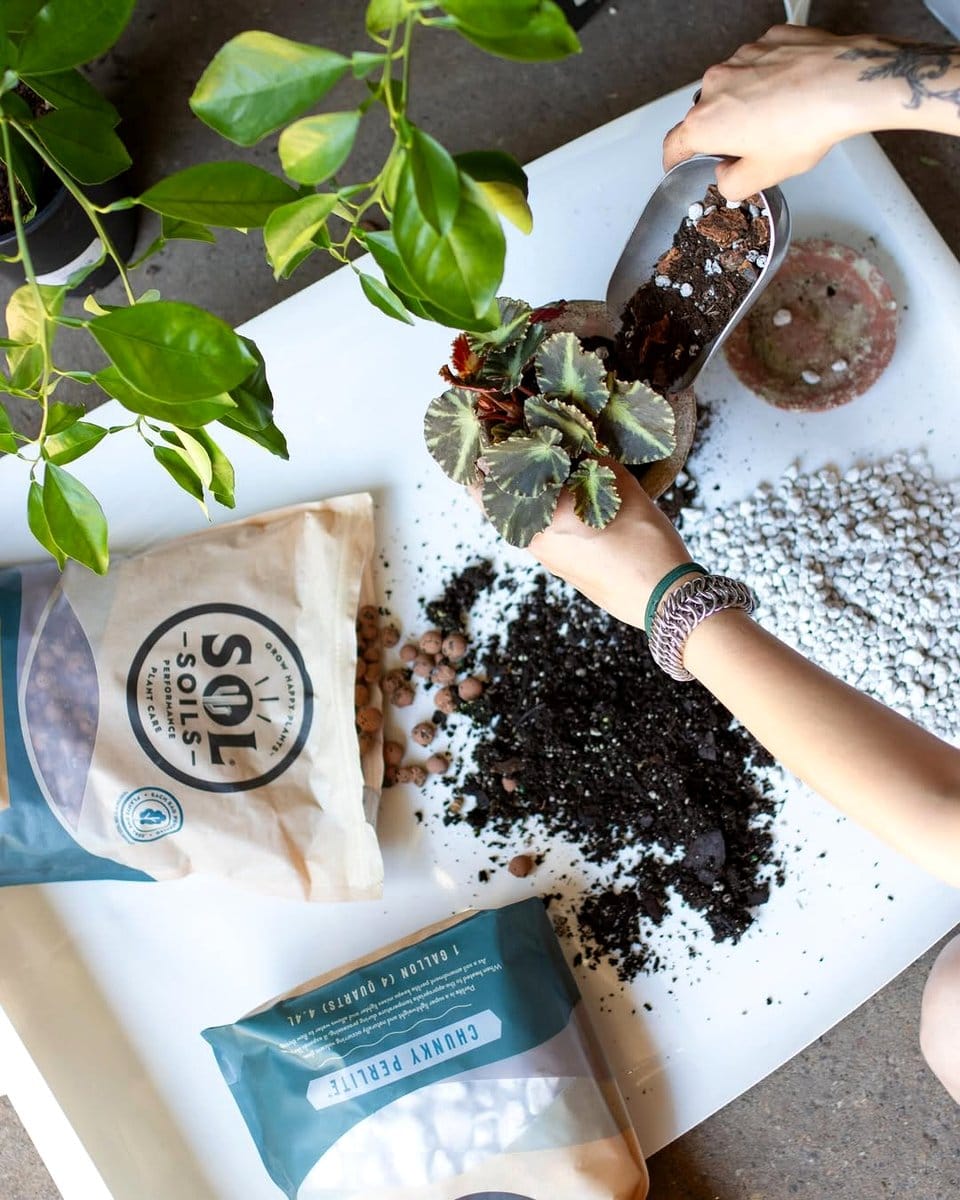Introduction
Have you ever poured a little too much love into your houseplants, only to watch them wilt away? Overwatering is a common mistake, but it doesn't have to be a fatal one. With a few strategic moves, you can nurse your soggy plants back to health. Whether you’re a seasoned gardener or a curious beginner, these rescue tips will guide you through bringing your plants back to life. So, roll up your sleeves and let’s dive into the world of plant care with these 17 ingenious tips!
1. Identify Overwatering Symptoms

Recognizing the signs of overwatering is the first step in saving your plants. Yellowing leaves, wilting despite moist soil, and moldy soil surfaces are all red flags. If your plant is exhibiting these symptoms, it’s time to check the soil moisture and drainage. Use your finger to feel the soil about an inch down; if it’s soggy, overwatering is likely the culprit. Understanding these symptoms will help you act swiftly and effectively.
2. Assess Soil Drainage

Proper drainage is crucial for plant health. Check if your pot has adequate drainage holes – they’re essential for preventing water from pooling at the bottom. If not, consider repotting into a container with better drainage. Alternatively, elevate your plant by placing small stones or broken pottery at the bottom of the pot to enhance airflow and water escape. This small adjustment can make a significant difference in root health.
3. Gently Remove the Plant

To rescue your plant, you may need to gently remove it from its pot. Tilt the pot and carefully slide the plant out, using your fingers to support the root ball. This allows you to inspect the roots for rot and gives you a chance to refresh the soil if needed. Be cautious and gentle to avoid damaging the roots during this process, as they are crucial for nutrient uptake.
4. Inspect the Roots

Healthy roots are firm and white, while overwatered roots may appear brown and mushy. Trim away any rotten or dead roots with sanitized scissors to prevent further decay. This pruning will allow the remaining healthy roots to breathe and recover. Don’t forget to sanitize your tools before and after use to avoid spreading disease.
5. Let the Soil Dry Out

Allowing the soil to dry out is vital. Place your plant in a bright, well-ventilated area, but avoid direct sunlight, which can shock the plant. This drying period gives the roots a chance to recover. Be patient and resist the urge to water until the soil is dry at least two inches below the surface. This is a crucial step to prevent future overwatering.
6. Repot with Fresh Soil

Once the soil has dried, consider repotting your plant with fresh, well-draining soil. Choose a potting mix that is suitable for your specific plant type. This fresh start provides your plant with the nutrients it needs to regain its strength. Ensure your new pot also has adequate drainage holes to prevent future waterlogging.
7. Use a Moisture Meter

A moisture meter is a valuable tool for any plant enthusiast. It helps you measure the exact moisture level in the soil, taking the guesswork out of watering. Insert the probe into the soil and check the reading before you water again. This ensures you’re only watering when necessary, promoting healthier plant growth.
8. Adjust Watering Schedule

Reevaluate your watering routine to suit your plant’s needs. Factors like plant type, pot size, and environmental conditions affect how often you should water. Generally, it’s better to water deeply but less frequently. Create a schedule that considers these factors, and always check soil moisture before adding more water.
9. Increase Air Circulation

Improving air circulation can help dry out damp soil and reduce the risk of fungal growth. Place a small fan near your plants to aid in evaporation, especially if they’re in a humid area. Make sure the fan is on a gentle setting to avoid stressing the plants. This simple step can help maintain a healthier indoor environment for your greenery.
10. Elevate the Plant

Elevating your plant can also improve drainage and air circulation. Use a plant stand or place the pot on a small platform to lift it off the ground. This allows air to circulate more freely around the pot, helping excess moisture to evaporate faster. It’s an easy way to enhance your plant’s environment and support its recovery.
11. Try Bottom Watering

Bottom watering allows the plant to absorb only the water it needs. Place your pot in a shallow tray filled with water, letting the soil wick up moisture through the drainage holes. This method prevents overwatering by giving you more control. Once the topsoil feels moist, remove the pot from the tray to prevent prolonged exposure to water.
12. Use a Humidity Tray

If your plant thrives in higher humidity, consider using a humidity tray. Fill a shallow tray with pebbles and water, then place your plant on top. The evaporating water creates a humid microclimate without soaking the roots. This technique is excellent for tropical plants that need moisture in the air but not in their soil.
13. Monitor Environmental Changes

Keep an eye on temperature and humidity levels in your home. Fluctuations can affect how quickly your plant’s soil dries out. Use a thermometer and hygrometer to monitor these conditions, adjusting your care routine accordingly. By staying aware of environmental changes, you can better support your plant’s recovery.
14. Prune Damaged Leaves

Remove any yellowing or wilting leaves to redirect the plant’s energy to healthy growth. Use clean, sharp scissors or pruning shears to make clean cuts near the base of the leaf stem. This not only improves the plant’s appearance but also reduces the risk of disease and pests.
15. Add Perlite to Soil Mix

Incorporate perlite into your plant’s soil to improve drainage and aeration. This lightweight, porous material helps prevent soil compaction and retains moisture without becoming waterlogged. Mix it with your potting soil to create a balanced environment that supports root health and reduces the risk of overwatering.
16. Use Neem Oil for Mold Control

If mold has developed on the soil surface, a neem oil spray can help. This natural solution combats mold without harming your plants. Dilute neem oil with water according to the instructions and lightly mist the affected area. Regular use can deter mold recurrence and promote a healthier plant environment.
17. Be Patient and Observant

Above all, patience is key to plant recovery. Monitor your plant’s progress and adjust care as needed. Recovery can take time, but with consistent attention and care, your plant can bounce back. Keep an eye out for new growth and celebrate small victories along the way.
Final Thoughts
Rescuing an overwatered houseplant can be a rewarding journey, teaching you more about your plant’s needs and habits. By following these tips, you’re well on your way to nurturing your greenery back to health. Remember, patience and observation are your best allies in this process. Don’t be afraid to experiment and learn from each experience. With a bit of time and care, your plants will thrive, adding vibrant life to your home once again. Happy gardening!